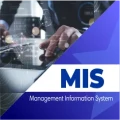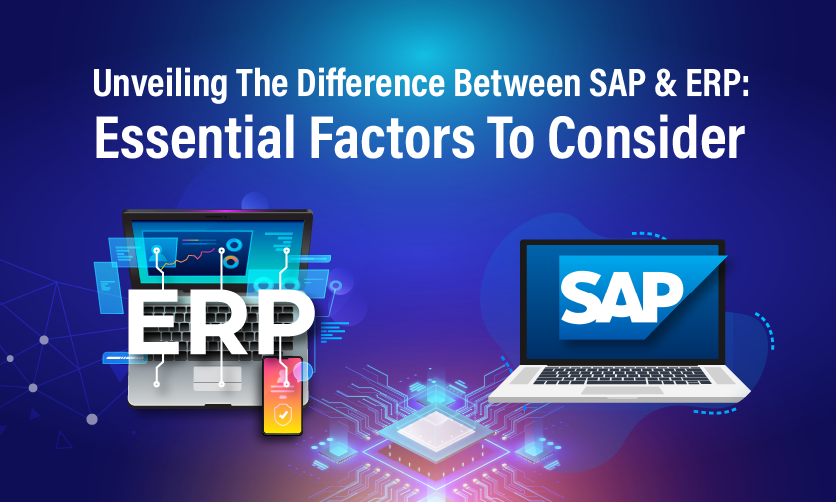
Vendor Reconciliation in SAP: Definition, Steps, Scenario, Advantages
In today’s fast-changing business world, keeping accurate financial records is crucial. Vendor reconciliation is essential in ensuring that financial data is true and fair. Reconciling vendor statements is one way a business can make sure that what the vendor has charged is accurate and correct when compared with the things they supply, keep in stock, or provide to the organization. This post will cover vendor reconciliation in SAP, providing insights on key touchpoints, step-by-step analysis, and its major advantages.
Table of Contents
What is Vendor Reconciliation?
Vendor reconciliation is a very attentive process that compares your transactions with the records sent to you by the vendor every month. These records are sent as statements in emails or periodical invoices, PDFs, or other formats downloaded from websites or hard copies sent in paper envelopes by postal services. During this procedure, you should always make sure that there are no conflicts or differences among both sides’ figures before making any conclusions.
Invoice mistakes may involve incorrect quantities, price errors, or duplicate invoices. Some of the usual payment processing blunders include missed payments, overpayments, or wrong payment dates. At the time of data entry, there is a risk of typing errors across all the platforms.
Regularly reconciling your reports with vendor statements or invoices is essential for ensuring sound financial statements, avoiding overpayments, and identifying double payment/errors or frauds done through unauthorized means- thereby breaching trustworthiness between you and them.

What are the key steps involved in vendor reconciliation?
A streamlined vendor reconciliation process usually follows these steps:
- Define Reconciliation Period: Designate a period during which account reconciliations can be performed (for instance, month after month or quarter over quarter).
- Gather Data: Round up every pertinent invoice, purchase order, receiving report, payment record, and credit memo originating from in-house platforms and external vendor documentation.
- Import Vendor Statements (Optional): If your vendors provide statements in an electronic format, you can import them directly into your SAP system using functionality like XML or EDI integration.
- Matching: Utilize SAP functionalities like automatic matching rules based on pre-defined criteria (e.g., invoice number) or manual matching for exceptions.
- Investigate Discrepancies: Evaluate any incomparable or partially incomparable articles and get into the cause in detail.
- Resolve Discrepancies: Communicate with the vendor; change inside logs or make out credit notes necessary to make suitable adjustments.
- Finalize Reconciliation: Put down the procedure utilized in solving each individual difference in writing and produce a conclusive document summarizing all the steps taken.
- Approval: Before the accounts payable process is completed, ensure that approved personnel have accepted the reconciliation report.
Leveraging Technology:
SAP offers various functionalities to streamline vendor reconciliation, including:
- Automatic Matching: Develop automatic matching rules by looking at particular measures including invoice number, vendor name and even amount.
- Exception Management: Identify and follow exceptions for more discernment and solutions.
- Workflow Automation: Automate assigning discrepancies for investigation or triggering email notifications for approval by implementing workflows to automate tasks.
- Integration with Third-Party Tools: Integrate SAP with external solutions which can automate data extraction, import vendor statements and enhance reconciliation efficiency to integrate with third party tools.
What does a typical vendor reconciliation scenario look like?
Let’s consider a scenario: Company X receives a monthly statement from Vendor Y for INR 10,000. However, Company X’s internal records show a purchase order for INR 9,500 and a payment record for INR 10,000. During the reconciliation process, the discrepancy of INR 500 is identified.
Consider this example: Company X gets a monthly statement showing that they owe Vendor Y ₹10,000. However; Company X’s records indicate a purchase order of ₹9,500 and payment has been made with ₹10,000. An amount of ₹500 is left out during the reconciliation process.
Company X investigates further and discovers a duplicate line item of INR 500 on Vendor Y’s statement. They contact Vendor Y to resolve the issue and issue a credit memo for INR 500. After resolving the discrepancy, Company X finalizes the reconciliation for that month.
This simple example highlights how vendor reconciliation helps identify and rectify errors before finalizing payments.
Vendor Reconciliation in SAP
Manual reconciliation takes long and prone to errors by humans, more so for huge data volumes. SAP has numerous tools and capabilities for automating and making vendor reconciliation smoother. Find out how SAP can improve your vendor reconciliation below:
- Transaction Matching: Large datasets are effectively matched, enabling the user to save on time that would have been spent manually entering information and avoiding mistakes because pre-specified standards such as date or amount are used with vendors in order to process invoices effectively.
- Exception Management: SAP helps you quickly find things that don’t fit into the usual pattern. The system is set up to identify anything that is unique or almost like but not quite the same, and then presents this information for your further attention so as not to divert from resolving discrepancies.
- Workflow Automation: SAP lets you set up workflows for reconciliation of vendors. This will automate activities such as allocating differences to particular staff to analyze, sending reminder emails for approvals, plus sending resolved discrepancies to finalization steps.
- Reporting: SAP provides complete resources for reporting with an ultimate aim of deriving full reconciliation reports. These currently focus around interlinking the reconciliation procedure to both the matched and unmatched items together with an explanation on resolved discrepancies and contentious issues. Consequently, it enhances visibility and accountability during auditing.
- Third-Party Integrations: SAP can integrate with various third-party solutions designed specifically for vendor reconciliation. These solutions can automate data extraction from vendor statements in various formats (PDF, EDI), streamline data import into SAP, and provide advanced matching algorithms for improved accuracy.
Using these functionalities, businesses can vastly increment the SAP efficiency and accuracy of their vendor reconciliation process.
What are the key advantages of Vendor Reconciliation?
Implementing a robust vendor reconciliation process in SAP offers numerous benefits, including:
- Improved Accuracy: Regularly reconciling your finances helps to reduce errors; in turn, this reduces mistakes in your financial statements thereby leading to improved accuracy.
- Reduced Overpayments: Finding discrepancies as soon as possible aids in avoiding incidental overpayments to suppliers.
- Fraud Detection: Uncovering potential fraudulent operations by detecting odd invoices or differences in payment amounts could be called reconciliation.
- Enhanced Vendor Relationships: A quick correction of irregularities forges good and mutually beneficial associations with sellers.
- Streamlined AP Process: By automating and streamlining it, making it more cohesive and quicker.
- Improved Cash Flow Management: When information on it becomes more accurate, forecasting and management will definitely improve.
- Reduced Audit Risk: Where there is a good reconciliation as shown in document form; there is no way audit exceptions will occur.
Conclusion
One must carry out a vendor reconciliation so that our company’s financial statements are true and fair and also to have an easy invoice process. With the help of SAP functionalities and a good reconciliation process that has been defined properly, corporations can derive immense value such as enhanced precision, minimized expenses and enhancing ties with suppliers.
- Top 20 Journal Entries Questions And Answers For Interview - November 8, 2024
- Accounts Payable Process in SAP: Step by Step Guide - August 23, 2024
- Capital and Revenue Transactions: Understand the Basics - August 16, 2024

.jpg)



















